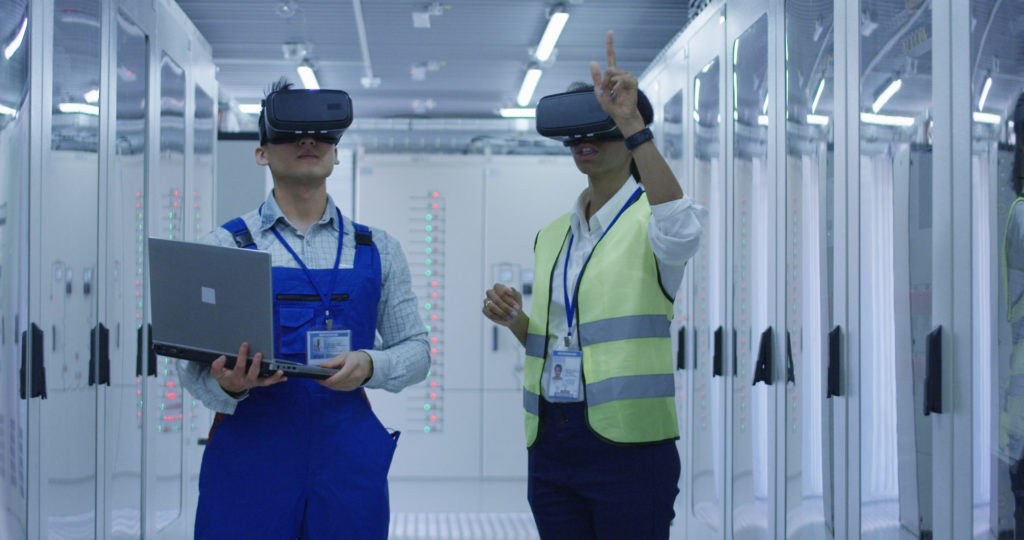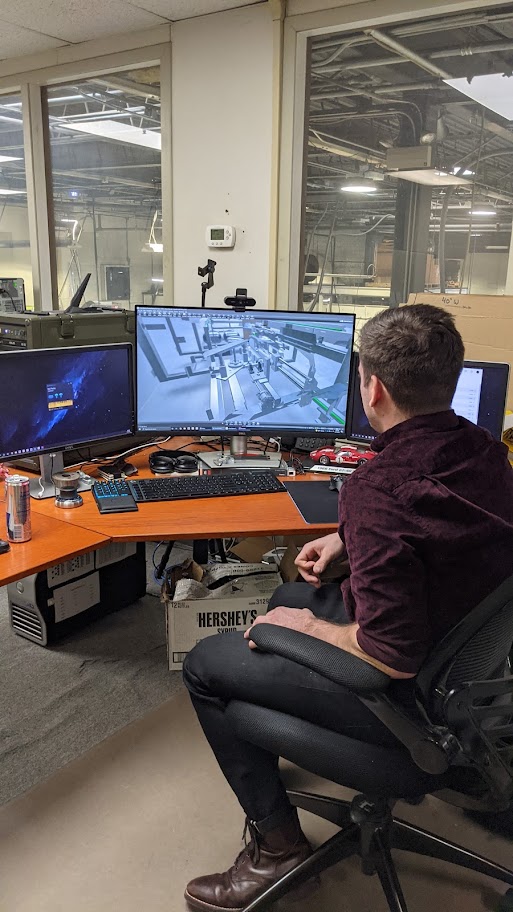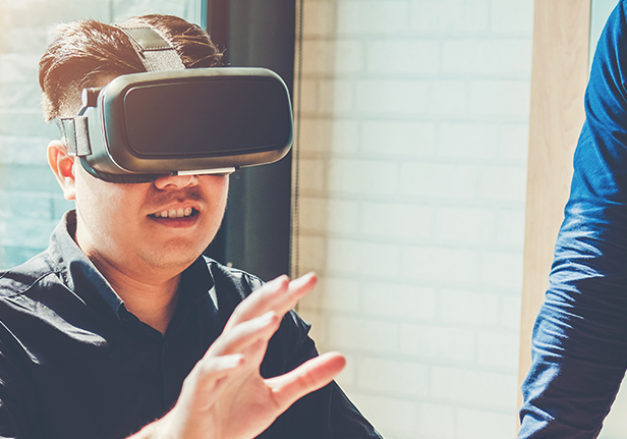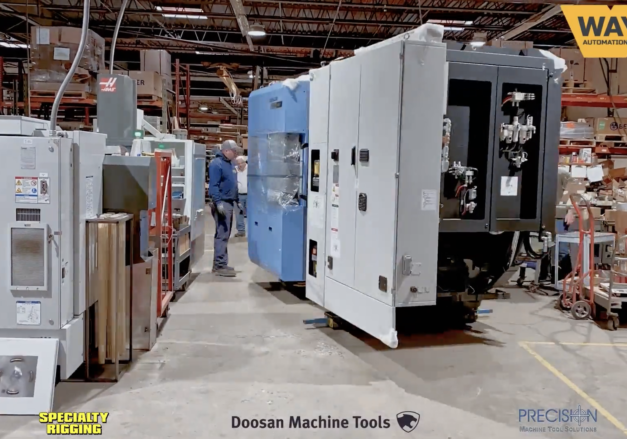 Virtual reality (VR) used to be only for sci-fi and video games. But now, 78% of Americans are familiar with VR technology. And analysts expect the global VR market, worth $19 billion in 2020, to grow around 31% by 2026.
Virtual reality (VR) used to be only for sci-fi and video games. But now, 78% of Americans are familiar with VR technology. And analysts expect the global VR market, worth $19 billion in 2020, to grow around 31% by 2026.
Applications of virtual reality in manufacturing will help drive that growth.
Especially in the COVID-19 pandemic’s wake, the manufacturing industry wants advanced digital solutions for optimizing processes against uncertainty and error. Virtual reality applications can give manufacturing companies that edge.
At Wayne Automation, we’ve adopted VR applications to help us make and sell our innovative, standard-setting packaging automation machinery.
Keep reading for an overview of what VR brings to the manufacturing process, and how it improves experiences for product designers, engineers, and customers.
How the Manufacturing Industry Makes the Most of Virtual Reality
Applications of virtual reality in manufacturing make product design and engineering more creative, collaborative, safer, and efficient.

Working in a virtual environment, product designers no longer need to rely on physical materials. VR apps let designers draw, build, and manipulate even highly complex designs cost-effectively, without tangible supplies. This benefit is “particularly useful if designing physically large products that cost more to develop,” notes DesignWanted—a category into which packaging automation equipment fits.
VR also helps designers and engineers collaborate. Sometimes, they do so in a “CAVE”—a full-room CAVE Automatic Virtual Environment, where rear projectors put high-resolution images on the walls, and users wearing VR glasses move about freely. At other times, VR provides shared digital workspaces where users who aren’t in the same physical space can work together in real time.
VR eliminates some important but time-consuming safety considerations that apply to workers in physical manufacturing environments. For instance, a virtual environment has no fast-moving machine parts or live electrical wiring to worry about. It may also help engineers anticipate safety concerns that may arise in the real-world production process. And manufacturing industry employees can use VR apps to safely train for their work.
Finally, VR applications can save time and money. As noted, VR doesn’t depend on physical material. Manufacturers can buy only as much material as they need to produce the final product. And VR allows designers and engineers to check progress against plans before finishing a project. They can avoid expensive after-the-fact fixes or “do-overs.”
Wayne Uses VR Technology to Improve Equipment Design and Demonstration
In 2018, we at Wayne Automation started taking advantage of virtual reality applications in our manufacturing process. We partnered with Rockwell Automation to deploy Emulate3D for dynamic digital twin development and controls simulation.
A “digital twin” is a virtual model in a virtual environment that accurately reflects a physical object in a physical environment. We create these CAD (computer-aided design) models in design software. We then import them into Emulate 3D and give them physical properties—in other words, we make them “dynamic.” These digital models behave exactly as their physical counterparts will. They generate valuable data we use to troubleshoot and refine our designs as we go.
Click here to see how Emulate 3D lets us simulate what will happen when we add or reconfigure various joints, motors, and controllers in a digital twin of one of our machines.

We can test, debug, and validate our engineering accurately, swiftly, safely, and cost-effectively, all before starting the physical production process. The VR technology shortens the product’s critical path, saving us and our customers time and money.
We also use VR to give customers a completely new demonstration experience. Using Meta Quest 2 (formerly Oculus Quest 2) head-mounted displays, customers take an immersive, first-person point of view “tour” inside CAD models of our equipment.
Viewers can see joints, motors, controllers, and more, working just as they do in the physical world, but at closer range and in far greater detail. And groups can explore our machines in this virtual way together, wherever the individuals may be physically located.
Take Your Own VR-Based Tour of Wayne Automation Equipment
Virtual reality applications in manufacturing are here to stay at Wayne Automation.
They have already allowed us to:
- Design and produce our machinery more effectively and cost-efficiently
- Present our equipment safely to more people, and in greater detail than in-person presentations allow
- Give Wayne customers more clarity than ever about how our machines can improve their end-of-line processes
And we’re expanding our use of virtual reality applications—increasing our capabilities, improving our machinery, and enhancing our customers’ experiences even more.
Would you like to arrange your own virtual tour of Wayne’s packaging automation equipment?
Click here to request a VR headset and schedule a demonstration customized for your end-of-line automation needs.





